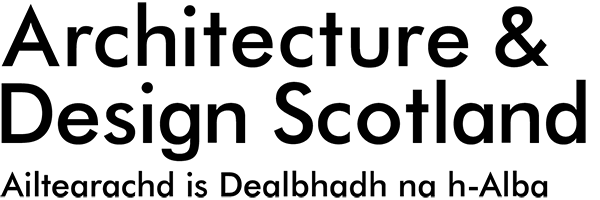Shared Learning Event on energy reporting and monitoring for our learning estate

(April 2025) A successful shared learning event in March drew 162 participants eager to explore effective energy reporting and monitoring strategies for our learning estates.
On 11 March, we hosted the first Shared Learning Event for 2025, focusing on energy reporting and monitoring. This event, attended by 162 participants, highlighted the crucial role of technical building maintenance in ensuring optimal building performance.
We welcomed a diverse panel of speakers who shared their insights and experiences on achieving successful energy usage reporting and monitoring within the learning estate.
Why did we run this event on energy reporting and monitoring?
Energy efficiency is one of many categories in the Learning Estate Strategy guiding principle(s). The banding is a key funding requirement of the Learning Estate Investment Programme (LEIP) and is determined at the end of the second year of a building's occupancy.
Who spoke at the event and what did they share?
The event featured presentations from:
- Alan Skea (Rybka), Matt Hegarty and Soo Darcy (Ryder Architecture), and Allan Smith (Morrison Construction)
- David Thornton (South Ayrshire council)
- Paul Dodd (Scottish Futures Trust)
Below is a shorter summary of what was shared at the event. Detailed information regarding their presentations is available on the Shared Learning Event report: Learning Estate Investment Programme, accessible here.
Challenges and lessons learned from LEIP projects
During the first session, Alan Skea, Matt Hegarty, Soo Darcy, and Allan Smith discussed the challenges and lessons learned from their involvement in LEIP projects.
Their discussion, which ranged from identifying common Post Occupancy Evaluation (POE) issues to proposing solutions, provided attendees with valuable insights into mitigating potential evaluation roadblocks in the future.
Key takeaways from this session, elaborated in the report, include:
- POE is often undervalued and poorly executed
- bridging the gap between user experience and technical data is crucial
- data collection and reliability present significant challenges
- embedding a culture of evaluation throughout the project lifecycle is necessary
The session concluded with a pivotal question posed to the audience:
“How can we embed a culture throughout the project lifecycle to maximize energy and environmental performance?”
Building Energy Management System IQVision implementation in South Ayrshire
In the second session, David Thornton demonstrated the real-world application of the IQVision Building Energy Management System (BEMS), implemented across South Ayrshire council's publicly owned sites.
He provided a practical tutorial on how the council utilises IQVision at Maybole Community Campus to access real-time data, showcasing how the automated system identifies areas of high electricity consumption. This example illustrated the system's ability to provide rapid and reliable data, enabling proactive energy usage improvements.
The council’s implementation exemplifies the potential of digital platforms to enhance energy efficiency across public buildings, pushing monitoring boundaries for Maybole beyond LEIP requirements.
LEIP project monitoring and opportunities – Smart Buildings for the Learning Estate
Paul Dodd, from Scottish Futures Trust, concluded the event by exploring the concept of Smart Buildings and their potential for Scotland’s learning estate.
He defined Smart Buildings as those that "[…] leverage technology to optimise functionality and user experiences based on real-time data analysis." (ISO Standard 37173:2023).
Paul presented case studies from Midlothian council's high schools and the Scottish Futures Trust office, illustrating the application of similar technologies.
Attendees gained insights into scalable solutions for new and existing school buildings, enhancing both energy efficiency and user experience through data-driven insights.
Could our existing schools adopt this form of performance monitoring?
When questioned about the primary barriers to adoption, Paul cited funding, technical expertise, and business case development. However, the potential for clear cost-benefits and pupil wellbeing improvements underscored the necessity of this approach.
We encourage you to read the full report on our website to explore the potential of implementing these energy reporting and monitoring strategies in your school.
About Learning Estate Investment Programme Shared Learning Event
Scottish Futures Trust, in collaboration with Architecture and Design Scotland, hosts and facilitates these events, fostering an open forum for discussing initiatives, sharing ideas, and addressing challenges within the learning estate.
To access reports from previous shared learning events, please visit our dedicated webpage here.
Header image provided by BDP and credited to David Barbour.
